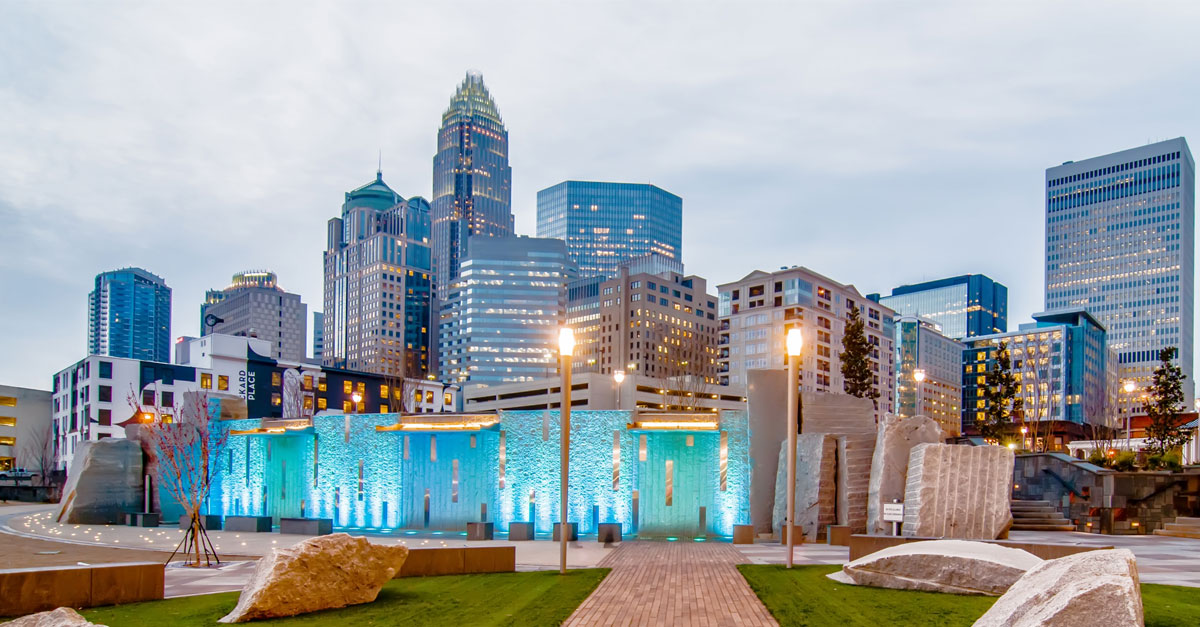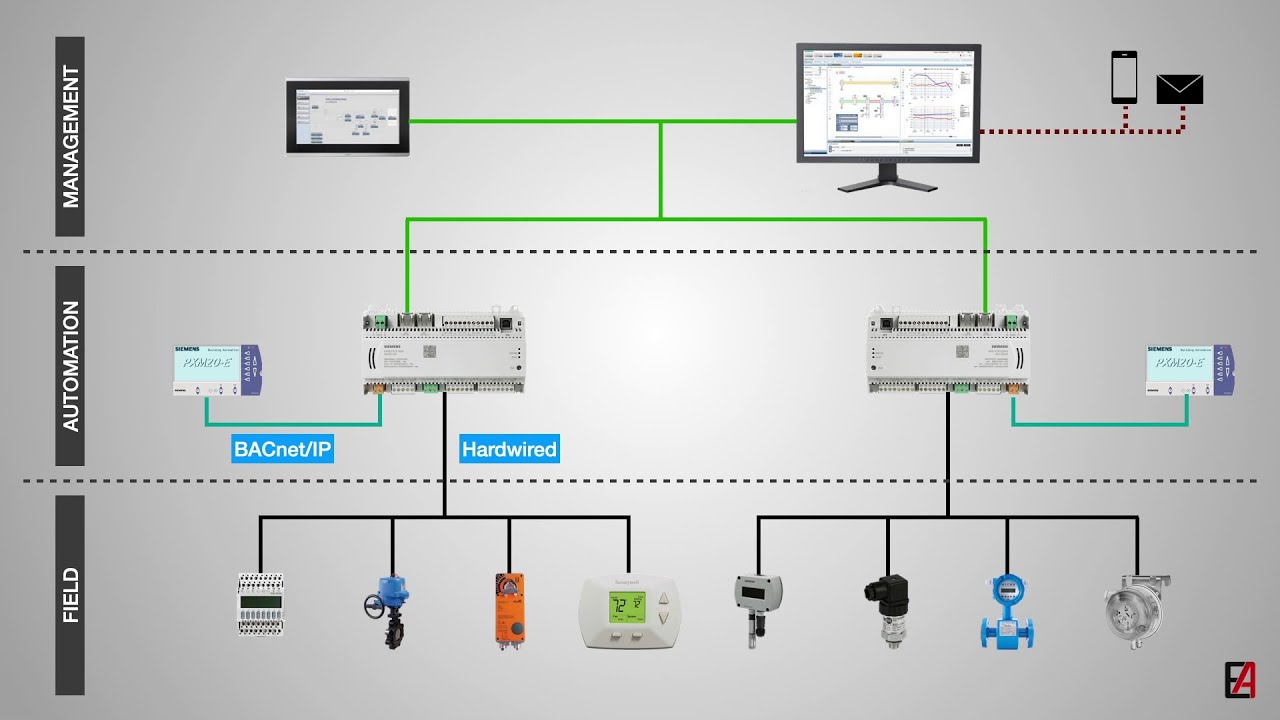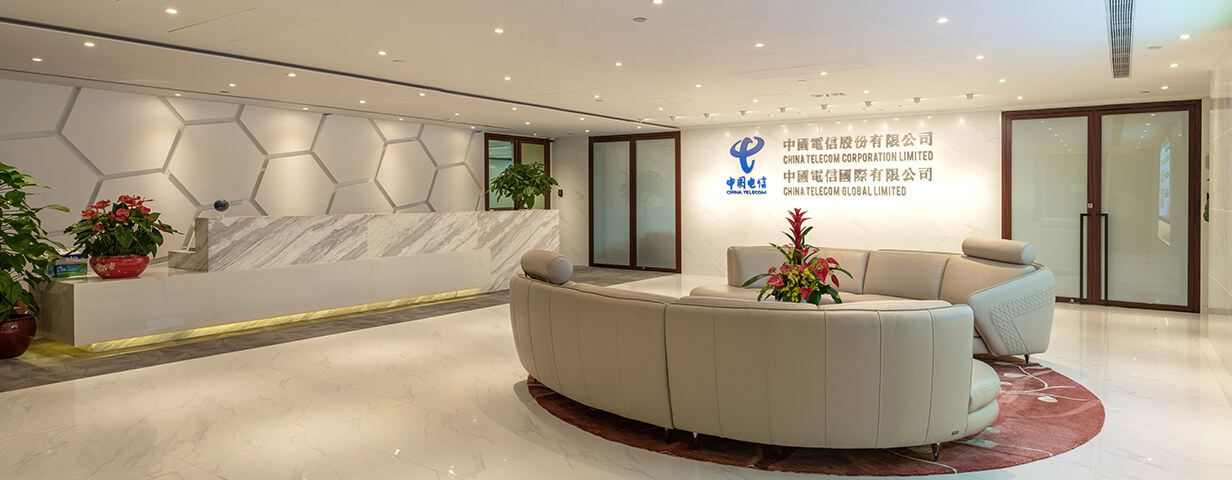Building-Management Lessons From Data Centers - Never Miss Even One
If there will be things that should come to the attention of the powers-that-be behind tech companies, that would be building-management lessons from data centers. These lessons will help deal with various key issues involving the operation of data centers. The lessons should be discussed, especially when energy conservation remains a hot issue nowadays.
Author:George EvansOct 13, 202228K Shares849.5K Views

Optimizing facility energy use isn’t limited to large, cavernous buildings, and that’s already one building-management lessons from data centersone should know about.
Although the humongous data centers operated by Internet titans such as Facebook seem to have little in common with other commercial facilities, they offer valuable lessons in effectively using building-management systems (BMS).
Three things data-center professionals do that can be applied to facilities such as hospitals, schools, and offices are:
- Rely on BMS alarms to keep your facility humming.
- Use as much low-energy cooling as possible.
- Monitor energy usage metrics specific to your facility type.
With 39 years of experience in the area of building-control technologies, know more what Washington-based product owner Kevin Callahan has to share about building-management lessons from data centers.

BMS Building Management System - An Introduction... with basic features & history
Rely On BMS Alarms
It’s important to know the building-management lessons from data centers.
Building owners often install a BMS to help save energy while, in data centers, the primary rationales for BMS are to provide precise environmental control and to assist in monitoring the stability and cleanliness of electrical distribution throughout the facility.
Precision Temperature Control
Heat is the devil of computers, so to ensure continuous and reliable server uptime, data-center operators must carefully monitor and control building temperature.
This is no small feat as today’s enterprise data centers occupy as much as a half-million sq. ft. or more, with thousands of servers in rows of floor-to-ceiling racks stretching a quarter mile.
Managing the temperature within tight tolerances throughout a sprawling building requires monitoring thousands of alarm conditions using the BMS.
This is one of the crucial building-management lessons from data centers.
These alarms relate to indoor temperature at hundreds or thousands of points throughout the data center, as well as to the operating performance of equipment ranging from large chillers in the central plant to individual air handling units (AHU).
In addition to alarms, trend logs are an invaluable tool in validating system performance and optimization.
Logging the environmental conditions and system operation allow data-center operators to track system performance and detect anomalies early to prevent alarm conditions from occurring.

Power Monitoring
This is one of those building-management lessons from data centers that should never be taken for granted.
A typical data center can have as many as 14,000 alarms, with about a third of those related to the indoor environmental conditions and HVAC equipment.
The remaining majority of the alarms deal with ensuring that the power distribution within the facility meets a host of performance requirements for powering the servers–everything from precise voltage and amperage to phase monitoring.
The alarm conditions related to power usually are monitored with specialized sensors, while the BMS provides a common platform for annunciating and reporting when an electricity-related alarm condition occurs.
Applicability To Other Facilities
A robust system of alarms is crucial to facilities other than data centers. That’s one of the building-management lessons from data centers.
For example, laboratories for research and manufacturing usually require strict climate controls.
Many chemical and pharmaceutical processes are acutely sensitive to temperature and humidity, as are medical-device manufacturing operations.
I once spoke with the facility manager for an animal research lab in which the mice used in drug trials were each worth $10,000 or more due to the extended testing schedule, so keeping them healthy and alive required rigorous environmental monitoring and control.
Non-specialized facilities from K-12 schools to offices also benefit from alarms, whether it’s to notify the maintenance staff when an AHU is about to fail or that a chiller is operating out of spec and is therefore wasting energy.
Alarms are increasingly being used beyond the HVAC system in many types of facilities. People in charge have become more aware of the building-management lessons from data centers.
For example, the Russellville School District in northwest Arkansas uses its BMS to monitor freezers and coolers in all of its schools.
The system notifies the staff of an alarm condition if the food storage temperature goes out of range, which empowers them to act quickly to avoid costly and disruptive spoilage.
Use Low-Energy Cooling
Again, one of the building-management lessons from data centers concerns temperature.
Because massive amounts of cooling power can be needed to keep a data center at the right temperature, their owners are sophisticated at siting and designing their facilities for lower-cost cooling.
Facebook’s Forest City, North Carolina, data center illustrates this well.
As described on the Data Center Frontier website, the Forest City server farm was sited along the eastern edge of the Blue Ridge Mountains in part for the area’s constant temperature and prevailing wind.
“„That wind influenced the placement of the data center buildings, which are lined with louvers that take in fresh air to cool the armada of servers inside. This strategy, known as air-side economization or ‘free cooling,’ can slash energy costs by eliminating the need for chillers.- Data Center Frontier website
Admittedly, many facilities, such as schools and community hospitals, are limited by geography and can’t look nationwide or worldwide for an ideal cooling site, but the data center experience provides useful inspiration for exploring what is possible with facility design and orientation.
Consider that Facebook this summer broke ground on a 750,000-sq.-ft. data center in notoriously hot Fort Worth, Texas, where it will use the same air-cooling methods it uses at Forest City.
Monitor Energy Usage Metrics
If you hang around data center design or operations professionals for any length of time, you’ll almost certainly hear the acronym PUE. People will encounter it as they explore the building-management lessons from data centers.
Short for power usage effectiveness, it’s the ratio of total energy used in a facility to the energy consumed by the IT equipment.
By paying careful attention to this metric, the goal is to use as little power as possible for anything other than the computers themselves.
Final Thoughts
Building-management lessons from data centers should be discussed.
Most commercial buildings do not have one-dimensional energy needs as data centers do, but this fixation on energy metrics helps optimize power consumption to save money.
At the most basic level, schools, hospitals, retail stores, offices, and other buildings can use their BMS to monitor energy use intensity (EUI), a measure of the building’s energy use related to its size or other attributes such as number of occupants, occupied hours, building usage, and systems operational performance.
The next time you log on to your favorite Internet site, keep in mind the massive server farms that make that possible and think about how their experience can benefit the types of facilities on which you work.
Also, don’t forget about the all-important building-management lessons from data centers.

George Evans
Author
George Anderson, an exceptional architectural designer, envisions and brings to life structures that transcend the realm of imagination. With an unwavering passion for design and an innate eye for detail, George seamlessly blends form and function, creating immersive spaces that inspire awe.
Driven by a deep appreciation for the interplay of space, light, and materials, George's innovative approach redefines the possibilities of architectural design. His visionary compositions leave an indelible mark, evoking a sense of wonder and transforming the built environment.
George Anderson's transformative designs and unwavering dedication continue to shape the architectural landscape, pushing the boundaries of what is possible and inspiring generations to come.
Latest Articles
Popular Articles

